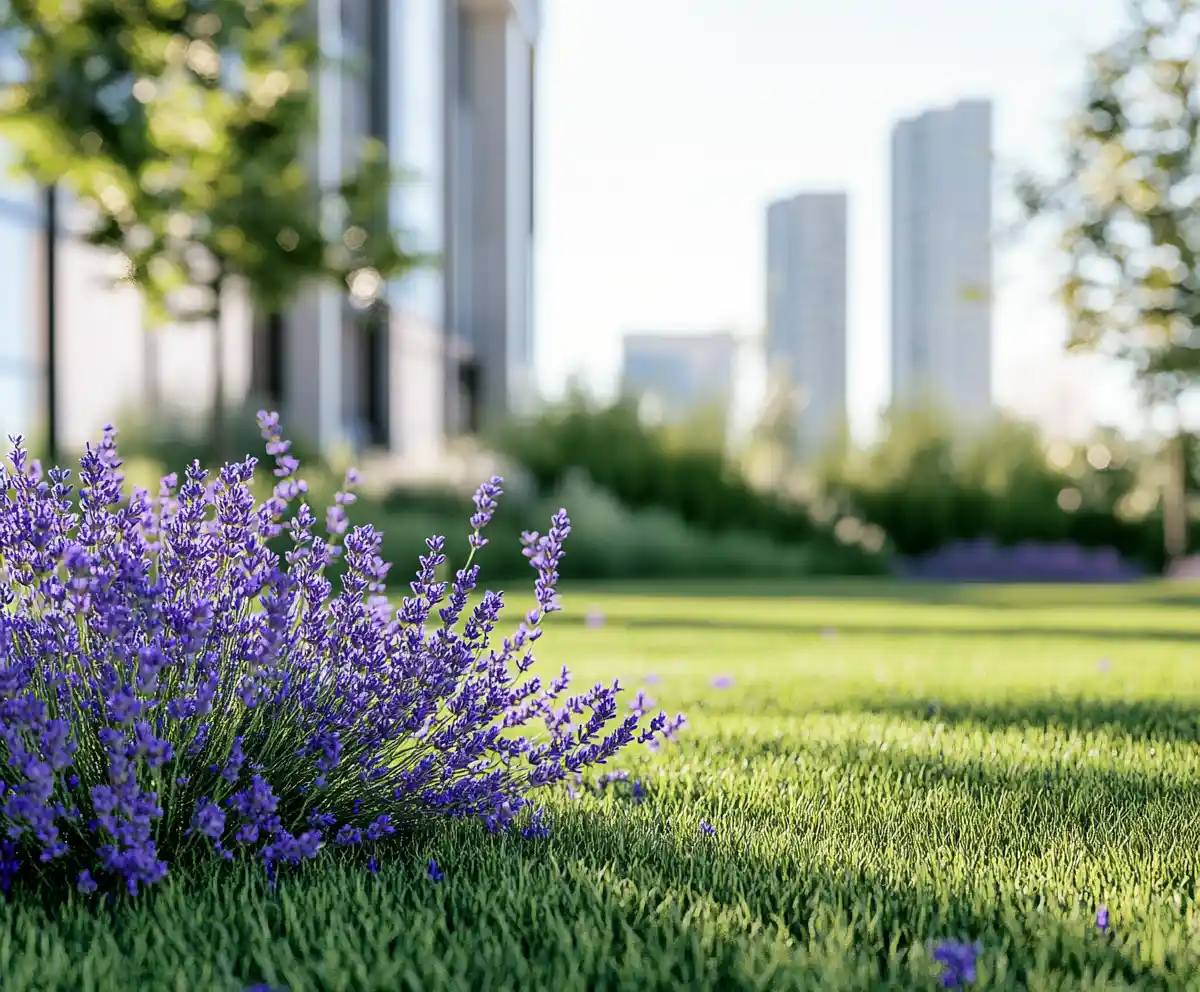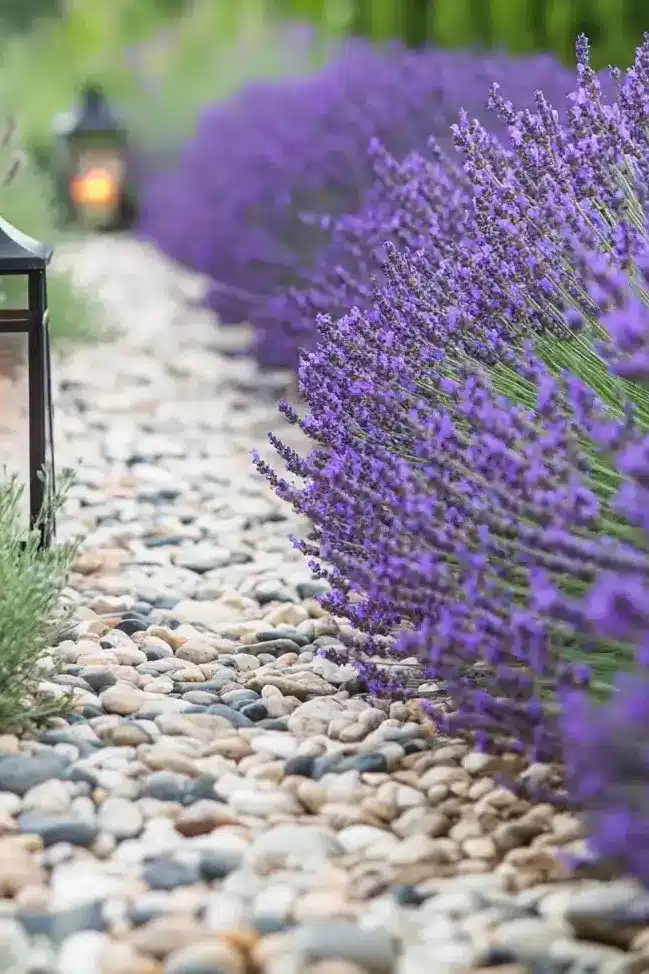There’s something timeless and charming about a lavender hedge lining a garden path or framing a flower bed. Not only do lavender hedges bring vibrant color and soothing fragrance to your outdoor spaces, but they also add structure and interest all year round. Whether you’re looking to create a welcoming entrance, define garden zones, or simply enjoy the delightful scent of lavender every time you step outside, learning how to plant a beautiful lavender hedge in your garden is a rewarding project. Plus, these hardy plants are fantastic for attracting pollinators and make flower harvesting a breeze!
10 Benefits of Growing a Lavender Hedge
Planting a lavender hedge offers far more than just curb appeal. Here are ten compelling reasons why adding a lavender border to your garden is a smart and satisfying choice:
1. Stunning Beauty and Irresistible Fragrance
Lavender’s vibrant purple blooms and soothing scent create a visual and sensory masterpiece that transforms any garden into a peaceful retreat.
2. Magnet for Bees and Pollinators
Lavender flowers are a favorite among bees, butterflies, and other beneficial pollinators, helping to boost the health and productivity of your entire garden.
3. Natural Mosquito Repellent
Lavender’s aromatic oils naturally deter mosquitoes and other pesky insects, making your garden more enjoyable during warm evenings.
4. Perfect Garden Divider
A neatly trimmed lavender hedge works wonderfully to divide different garden areas, creating a more structured and harmonious landscape design.
5. Acts as a Windbreak
Dense lavender hedges can help shield delicate plants from strong winds, providing a natural barrier that enhances your garden’s resilience.
6. Thrives in Challenging Soil
Unlike many fussy plants, lavender loves poor, sandy, or rocky soils, making it an ideal choice for low-fertility areas where other plants struggle.
7. Drought Tolerant and Low Maintenance
Once established, lavender requires minimal watering and care, making it a water-wise choice for eco-friendly gardeners.
8. Resistant to Deer and Rabbits
Lavender’s strong scent and tough foliage discourage deer and rabbits from munching, saving you frustration and protecting your plants.
9. Easier Harvesting
A continuous lavender hedge simplifies the process of harvesting flowers for crafts, essential oils, or culinary uses, compared to individual scattered plants.
10. Endless Crafting and Culinary Opportunities
Lavender is perfect for DIY projects like wreaths, sachets, and lavender wands, as well as for adding a subtle floral flavor to recipes and teas.
Best Type of Lavender for a Hedge
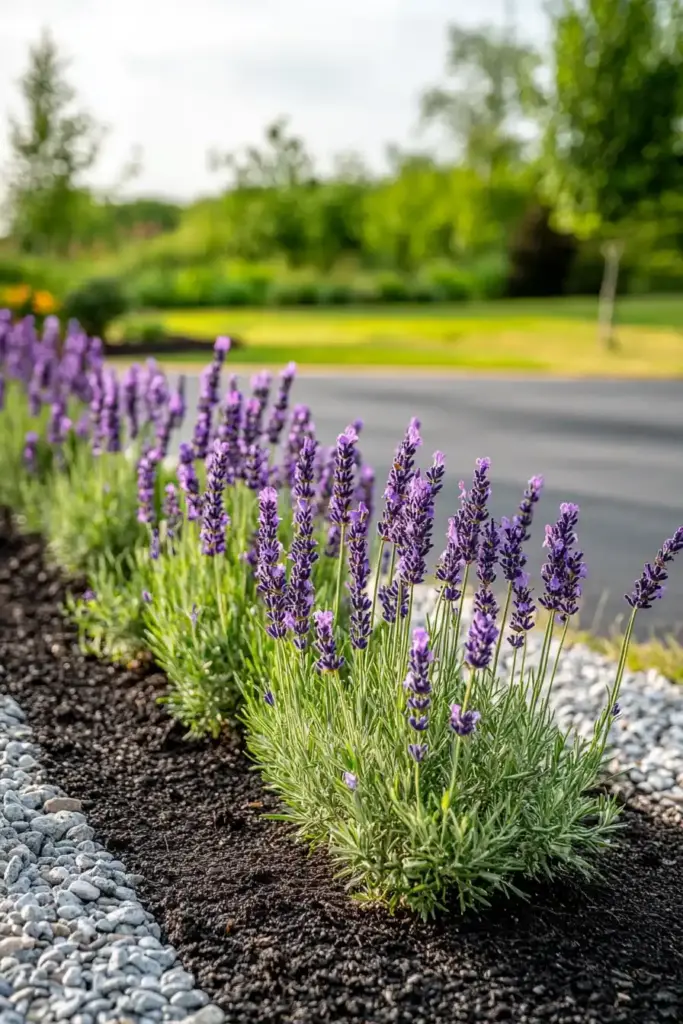
When planning how to plant a beautiful lavender hedge in your garden, choosing the right variety is key to long-term success. Among the many types of lavender, Lavender Angustifolia, often called English Lavender or Common Lavender, stands out as the top choice for hedging.
English lavender is loved for its hardiness, compact growth habit, and elegant, grey-green foliage. Its dense spikes of fragrant purple flowers bloom from late spring into midsummer, creating a breathtaking display that’s perfect for a structured garden border. Plus, its resilience against cold weather and its tidy shape make it easy to maintain a neat, polished look year-round.
For the best results, many gardeners favor the variety ‘Hidcote’ — prized for its deep purple blooms, strong fragrance, and naturally compact form, making it ideal for forming a uniform, attractive hedge.
How to Grow Lavender
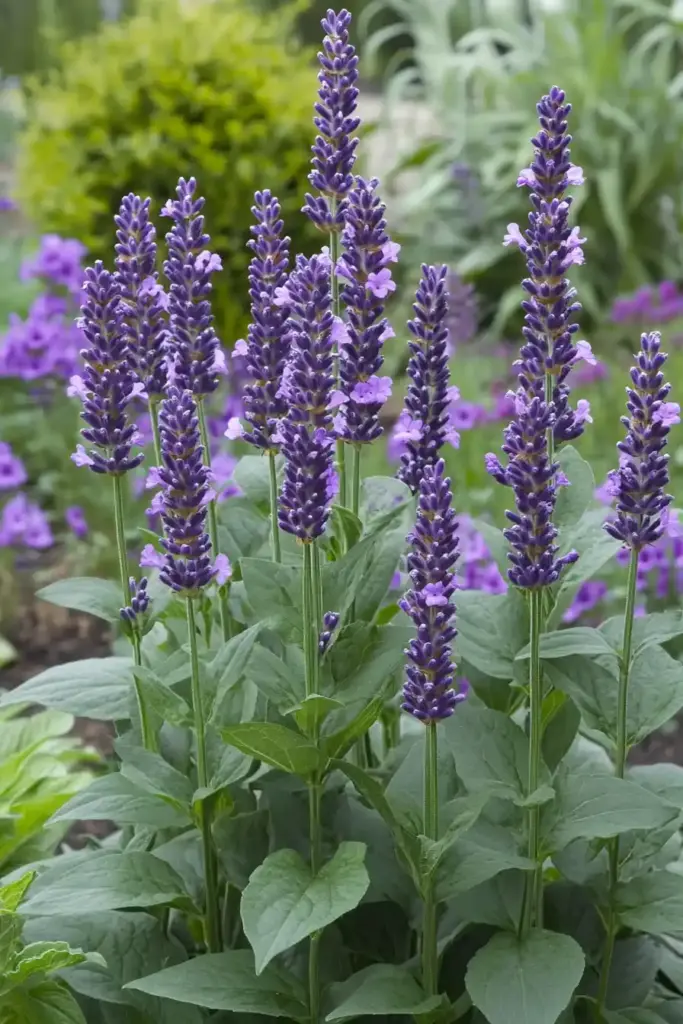
Getting your lavender hedge off to a strong start begins with giving these sun-loving plants the right conditions. If you’re serious about learning how to plant a beautiful lavender hedge in your garden, here’s what you need to know:
- Sunlight is Essential
Lavender thrives in full sun. Choose an open, sunny spot where the plants will get at least 6–8 hours of direct sunlight daily. - Prioritize Well-Drained Soil
Lavender cannot tolerate soggy roots. Ensure the planting area drains well. If you have heavy clay soil, improve it by mixing in grit, coarse sand, or small stones to boost drainage. - Consider Wind and Cold
Lavender actually welcomes breezy conditions and can survive cold snaps as long as the soil stays well-drained. Raised beds or planting on a slope can greatly help if your yard tends to collect water. - Prepare Problem Areas
If drainage is a challenge, build up soil with plenty of sand or grit, or opt for planting in raised beds along retaining walls, banks, or other elevated spots.
By setting up the right foundation, your lavender hedge will flourish with minimal fuss for years to come!
Steps to Plant a Lavender Hedge
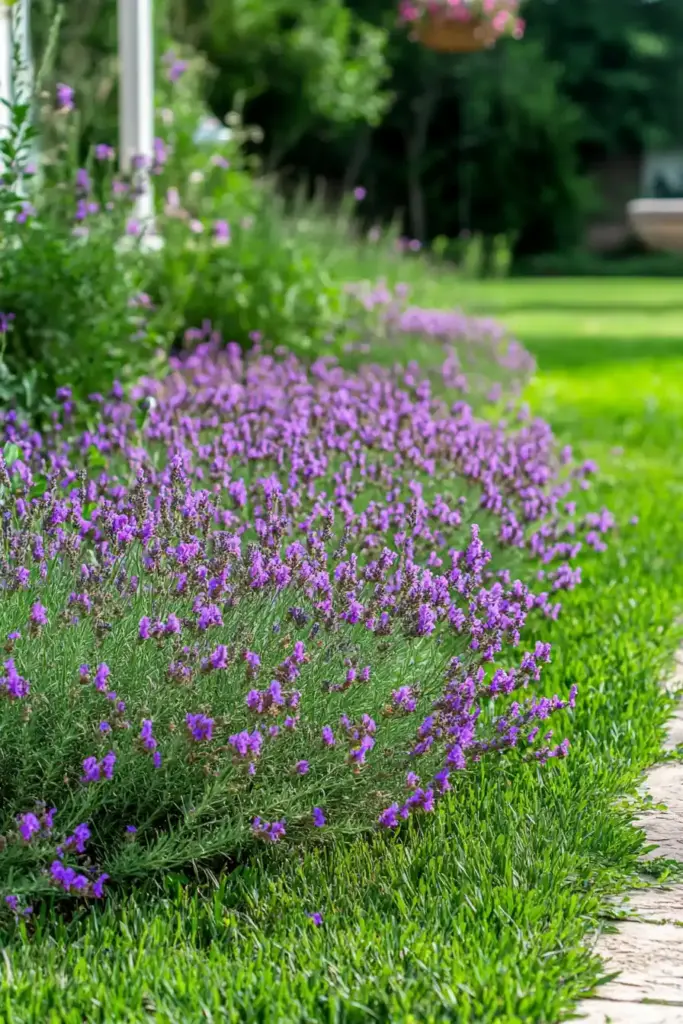
Ready to roll up your sleeves? Here’s a simple step-by-step guide on how to plant a beautiful lavender hedge in your garden:
1. Choose and Prepare the Perfect Spot
Select a sunny area with excellent drainage. Retaining walls, gentle slopes, or raised beds are ideal. If your soil is heavy, improve it by mixing in sand, gravel, or small stones to create a light, airy texture.
2. Enrich the Soil
Fill the planting bed with a mixture of topsoil and grit. Good drainage is critical — lavender hates sitting in waterlogged soil!
3. Mark Your Hedge Line
Use a string line stretched between two stakes to guide a straight, even planting line. This simple trick ensures your lavender hedge looks neat and professional.
4. Plant with the Right Spacing
Space your lavender plants about 25–30 cm (roughly 3–4 plants per meter) to create a dense, lush hedge. A popular choice is Lavender Angustifolia ‘Hidcote’ for its compact size and vivid blooms.
5. Water Wisely
After planting, water the young lavender thoroughly. During dry spells, keep the soil lightly moist until the plants are fully established.
6. Encourage a Full, Bushy Hedge
In late summer, once flowering finishes, lightly trim the plants. This promotes bushier growth and keeps your hedge compact and tidy without sacrificing the natural beauty of the lavender.
By following these simple steps, you’ll soon have a thriving lavender hedge that’s the envy of every garden lover!
One-Year Update
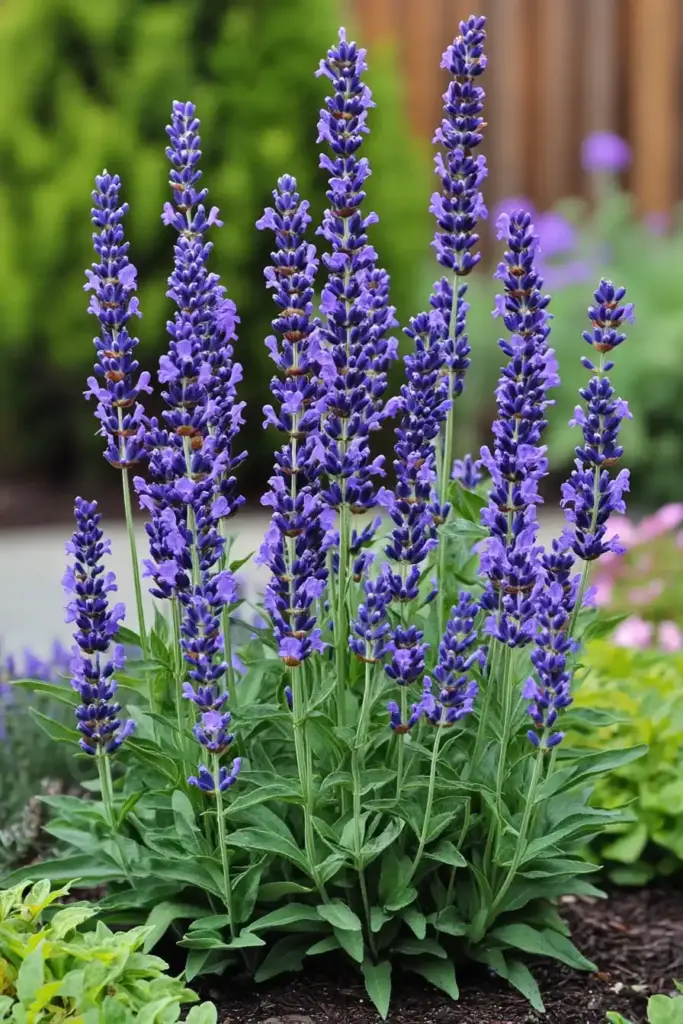
Fast forward a year, and the rewards of learning how to plant a beautiful lavender hedge in your garden truly shine! Every plant settled in beautifully, filling out the hedge with lush, fragrant growth that’s simply stunning.
Thanks to light annual trimming, the lavender hedge has remained healthy, compact, and full. The once small plants now form a continuous, flowing line of silvery-green foliage topped with vibrant purple blooms during the summer months.
And the best part? The flowers are perfect for harvesting! Whether you want to craft charming lavender wands, create fragrant sachets, or simply enjoy fresh-cut bundles around your home, your well-established hedge provides an abundant, easy-to-reach supply of lavender all season long.
With just a little care each year, your lavender hedge will keep thriving and beautifying your garden for many seasons to come!
FAQ: How to Plant a Beautiful Lavender Hedge in Your Garden
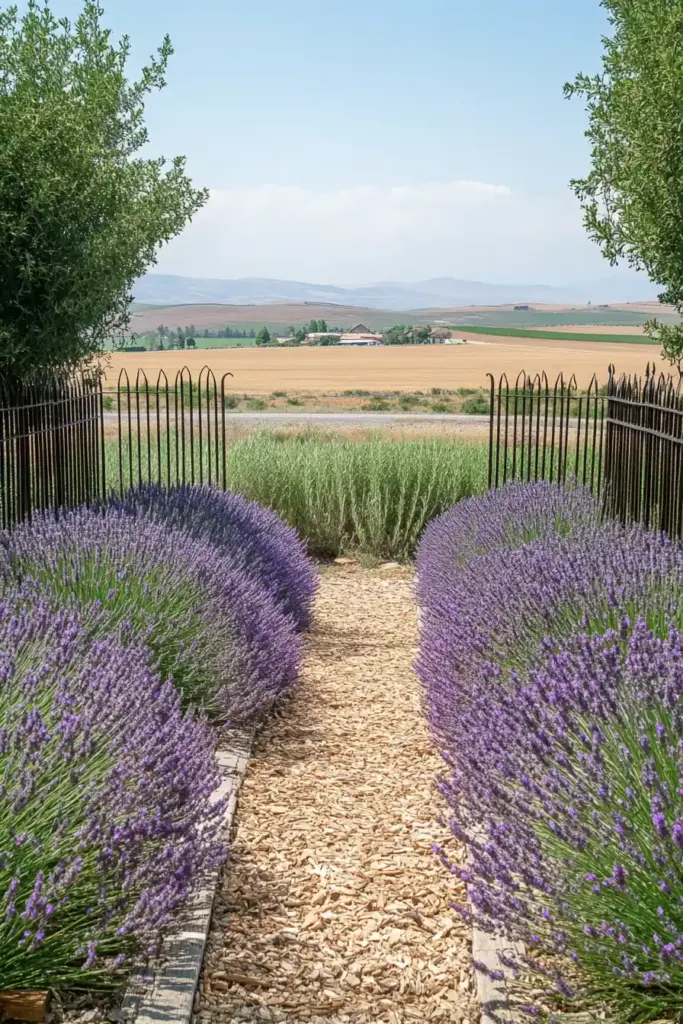
How long does it take for a lavender hedge to grow?
Lavender plants typically take about one year to become established. Within 2–3 years, your hedge should look full, lush, and provide abundant blooms if given the right care.
How far apart should I plant lavender for a hedge?
For a dense, continuous hedge, space lavender plants about 25–30 cm (10–12 inches) apart. This allows them to grow together while still having enough air circulation to stay healthy.
What is the best time of year to plant a lavender hedge?
Spring is the ideal time to plant a lavender hedge, once the soil has warmed up and the risk of frost has passed. Fall planting can also work in milder climates, giving roots time to establish before winter.
Does lavender need a lot of water?
No — lavender is drought-tolerant once established. During the first growing season, water regularly to help the plants settle in. After that, only water during extended dry spells.
How do I keep my lavender hedge looking neat?
Lightly trim your lavender hedge after the main flowering season in late summer. Avoid cutting into old woody stems; instead, focus on shaping the green growth to encourage a fuller appearance next year.
Can I use any type of lavender for a hedge?
While many lavenders can be used, Lavender Angustifolia (especially varieties like ‘Hidcote’) is best for hedging because of its compact, hardy, and uniform growth habit.
Conclusion
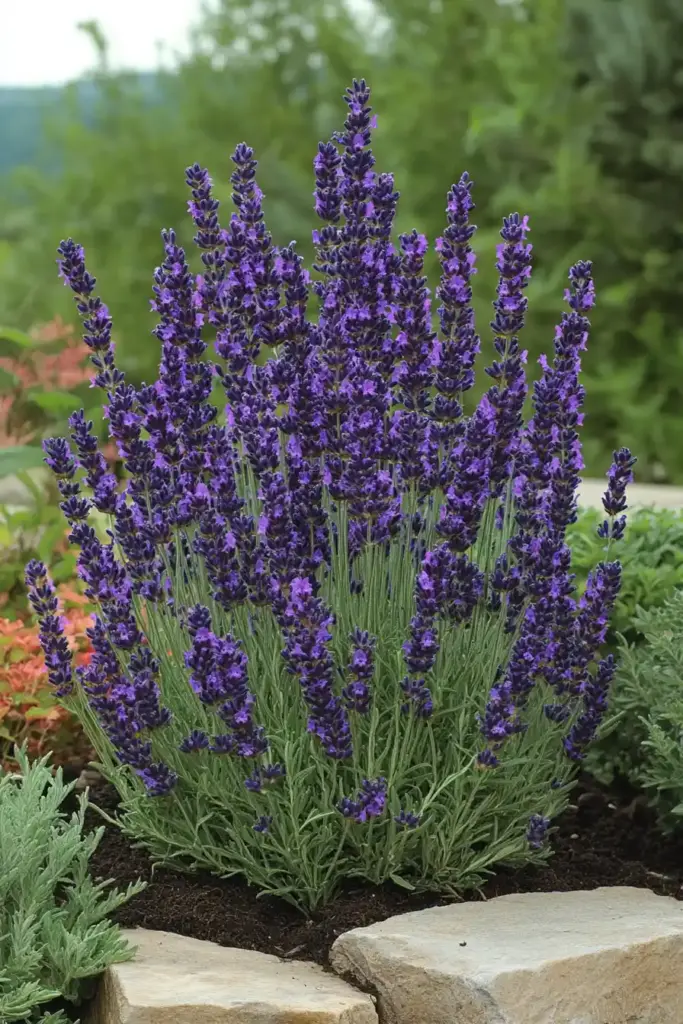
Planting a lavender hedge is one of the most rewarding ways to add lasting beauty, fragrance, and structure to your garden. With the right variety, a sunny spot, and well-draining soil, you’ll enjoy a low-maintenance, pollinator-friendly border that enhances your outdoor space year after year. Now that you know how to plant a beautiful lavender hedge in your garden, you’re just a few simple steps away from creating a stunning living wall of color and scent that both you and nature will love!

